Case Study: External Assets - Pathway to VBIS standardisation - University of Melbourne
The University of Melbourne is Victoria’s oldest University, and second oldest in Australia. Founded in 1853, the University’s Estate includes ownership, development and management of 400+ buildings across 9 campuses and 2500+ hectares with the land, buildings, property plant and equipment valued over $4.7bn.
The vision for the Estate is to enable University of Melbourne leaders and partners to manage campus resources and assets efficiently and effectively, optimising the University’s position over the next decade and beyond.
Assets Tagged with a VBIS asset classification code
Challenge:
The University of Melbourne physical assets provides critical services to support the University’s strategy for Research, Teaching and Learning, Engagement to the 55,000+ students, staff, and community.
To support the Estate vision and guide long term strategic asset decisions, baseline metrics and data and information systems are required. Collection of this data can be challenging due to the age of assets as well as with assets which were acquired by the University, rather than built.
Opportunity:
Assets, and plant and equipment do not operate in isolation and often there will be opportunities for different organisational departments to capture additional asset data that adds to baseline metrics. This will enable baseline data and classification be configured using the VBIS standard in the right way to feed into downstream planning activities including Strategic Asset Management Plans, Capital and Lifecycle Plans.
While planning and preparing for a Grounds Asset Capture and Condition Audit, the Sustainability team at University of Melbourne saw an opportunity to include external grounds type assets that were not directly managed by their contractors.
Understanding the impact the cross functional assets have on each other, the Sustainability team decided to undertake a review of the georeferenced CAD feature & level survey previously performed and assign an appropriate VBIS asset classification tag which can be verified during the Grounds Asset Capture and Condition Audit.
“Mapping external type grounds assets was straight forward with VBIS and adding this to our grounds asset capture and condition audit will improve the consistency of asset data and data quality across the University for all departments. Including the VBIS tags will help with Post Processing of the collected data, making it easier to analyse and draw insights and conclusions”.
- Rachael Miller, Sustainability Officer, Sustainability Team
Why VBIS?
Virtual Buildings Information System’s (VBIS) simple classification hierarchy allows for data to be captured in a consistent and structured format that aligns to common standards including ISO 12006 - Building construction - Organization of information about construction works and provides alignment requirements to ISO 55000 – Asset Management. This is especially useful when capturing asset detail across different disciplines and ensures the information can be handed over and utilised by other departments for further baseline data collection or data visualisation and analysis. The local support offered by VBIS also means questions and advice can be responded to quickly.
It’s important in space management to ensure availability of asset information across departments. VBIS helps to bridge this gap to ensure assets are not forgotten and helps to minimise duplication of effort and stop data waste.
Don’t forget about structuring the naming convention of external type assets.
If you manage sites or data and need a defined Asset classification that can be applied across different disciplines on a site, then please contact VBIS at info@vbis.com.au to see how the VBIS Standard can help support your path to digitisation and data standardisation.


